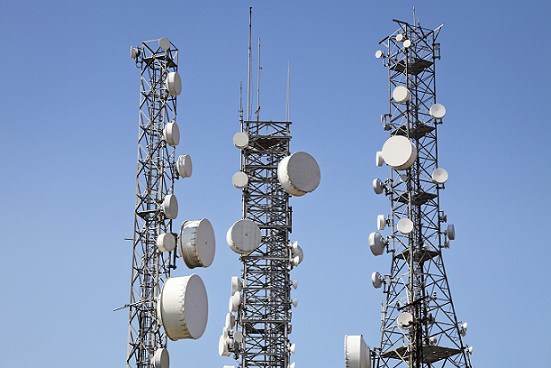Customers are to pay new charges for the installation of meters in their houses.
Already, Nigerian Electricity Regulatory Commission (NERC) has approved the new charges.
This follows the commission’s scrapping of payment of the market prices of both prepaid and manual meters under the new electricity tariff regime.
Under the new tariff regime that takes effect from June 1, 2012, customers will no longer pay the market price for prepaid meters as both the costs of meters and their maintenance have been factored into the new tariff.
The new charges, which will serve as meter connection fees, will be less than the current charges being paid by customers for procurement of prepaid meters, it was learnt.
Under the current tariff regime, customers buy a single phase prepaid meter at a cost of N25,000, while three-phase prepaid meter costs N55,000.
However, customers will pay for connection fees, which do not represent the market price but will be commensurate with the cost of connection of such electric facility.
NERC has since published the new electricity tariff but the new charges for prepaid meters have not been disclosed.
A top official of NERC told THISDAY at the weekend that new charges have been approved and would be made public in the first week of June. “The modalities have been worked out and by the first week of June, the applicable connection charges will be published,” he said. He disclosed that the new charges would be less than the cost of the prepaid meters, adding that the regulatory agency approved fees that were commensurate with the cost of connection. “There will be no more payment for meter fees and the connection charges are fair,” he said.
Though meter will now be free of charge, NERC has however jacked up fixed charges to be paid monthly by customers with high voltage maximum demand, irrespective of whether there is electricity supply for the month or not.
The fixed charges vary across the 11 distribution companies of the Power Holding Company of Nigeria (PHCN). Under the new tariff, High voltage maximum demand customers referred to as Residential 4 (R4) customers under the Kaduna Distribution Company will pay N156, 356.00, while those under Eko and Ikeja will pay monthly fixed charges of N118, 830.56 and N109,449.20, respectively.
R4 customers in Abuja and Benin will pay N113, 358.10 and N101,631.40, respectively, while those in Enugu and Ibadan will pay N117, 416.46 and N117,267.00, in that order. High voltage maximum demand customers in Jos, Kano and Port Harcourt will pay uniform fixed charge of N117,267.00 monthly, while the same category of customers in Yola will pay N100, 849.62.
Meanwhile, meter asset providers are expected to supply and install meters within 10 working days of payment on the premises of electricity customers who choose the option of paying for the meters.
NERC stated this in the newly released Meter Asset Providers Regulation 2018, which seeks to bridge the metering gap in the nation’s electricity supply industry.
The commission said it would commence the enforcement of the provisions of the regulation on April 3, 2018.
It said, “Where a customer elects to pay for a meter asset upfront under this regulation, such a customer shall not be liable for the payment of metering service charge through the distribution licensee.”
The regulator said the amount payable to a MAP by a customer electing to pay upfront would be the efficient cost of the meter asset and its installation cost as determined by the procurement process for the MAP, conducted by the distribution licensee.
It said, “The MAP shall install the meter on the premises of the customer within 10 working days of the receipt of full payment by the customer. The authorisation by the distribution licensee to pay for the meter shall only be issued after certifying the readiness of the premises for a safe and secure installation of the meter asset.”
According to the regulation, the distribution licensee and MAP shall enter into a metering service agreement, which shall provide for the number of meters to be installed by the MAP in the distribution licensee’s network over an agreed period and the recovery of the cost of meter asset plus a reasonable return over a period of 10 years, among others.
It said, “Upon the installation of a meter by a MAP, the customer has an obligation to pay for metering service charge through the distribution licensee at the time of payment for energy unless financed upfront in full by the customer.”
The regulator said the payment for metering service charge by the customer to a MAP would cease upon full amortisation of the meter asset over its technical life assumed in the procurement process for the MAP.
It said, “Where a customer fails to pay for metering service charge in any given month or months, the cumulative metering service charge shall be deducted upon the subsequent payment.
“In line with guidelines for asset enumeration by distribution licensees, customers’ meters are associated with feeders and distribution transformers and shall not be moved by customers.”

